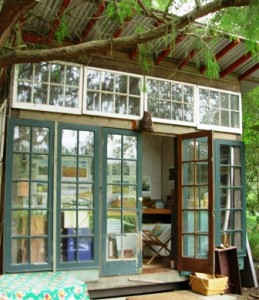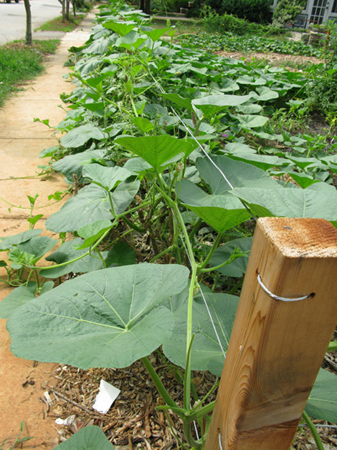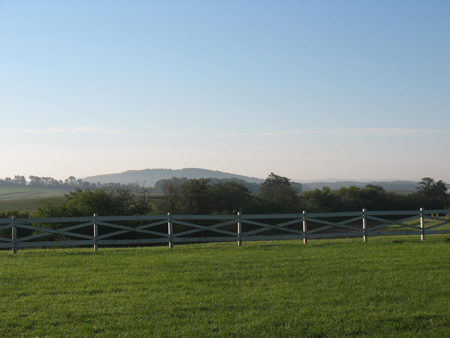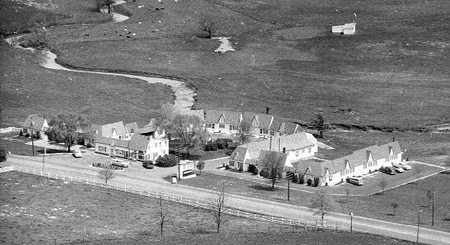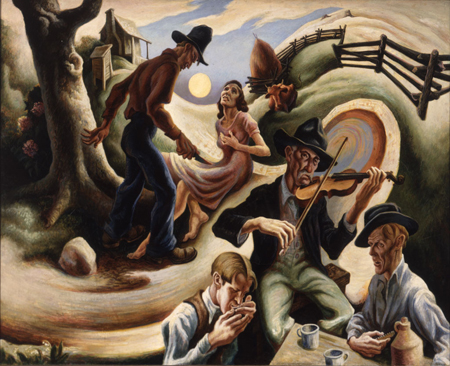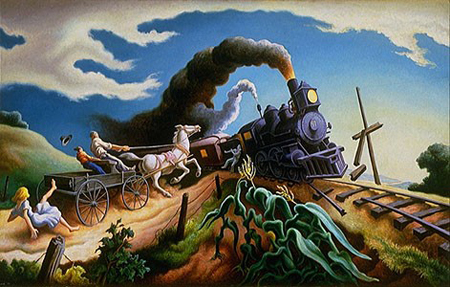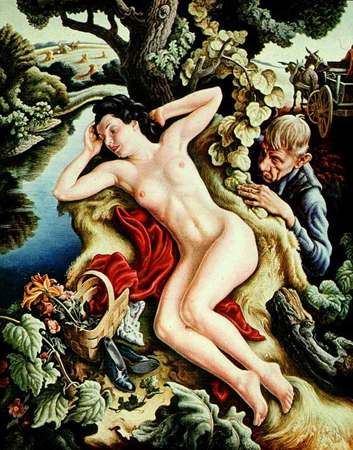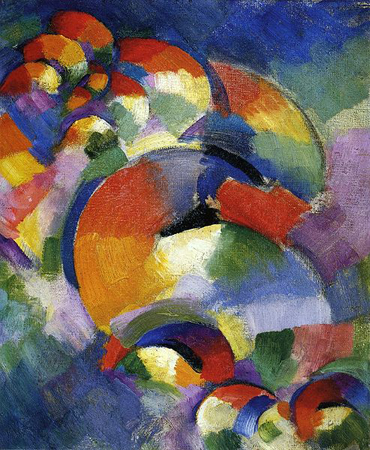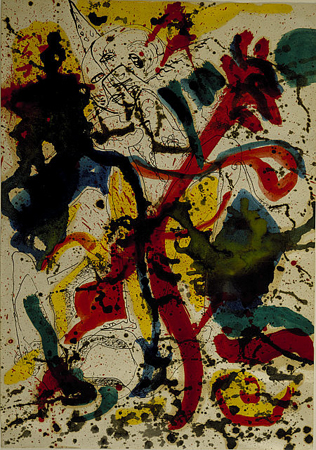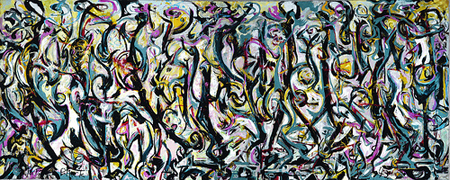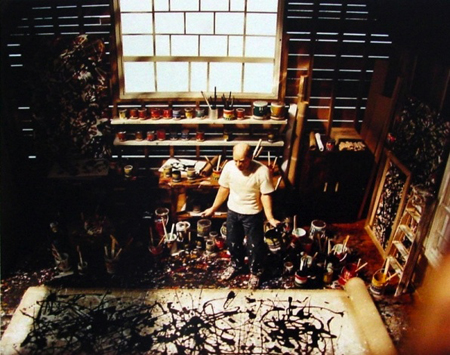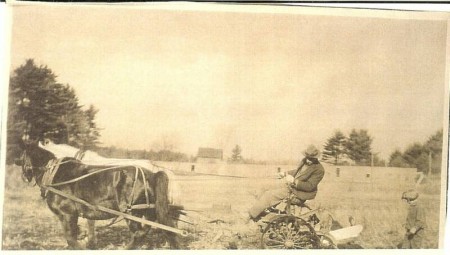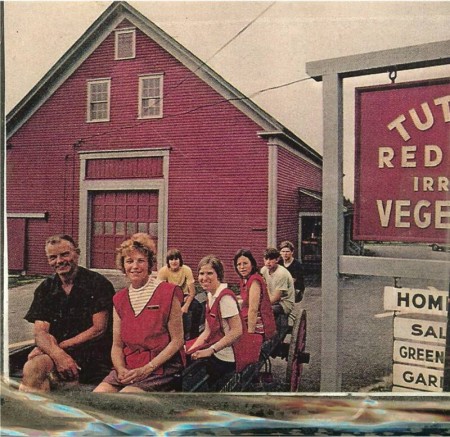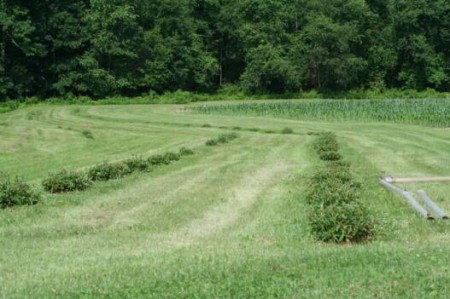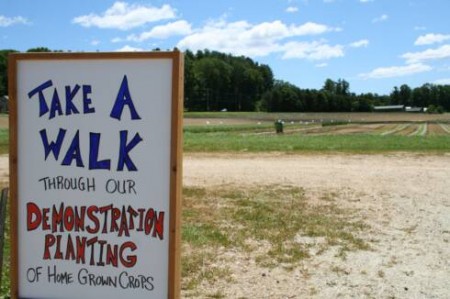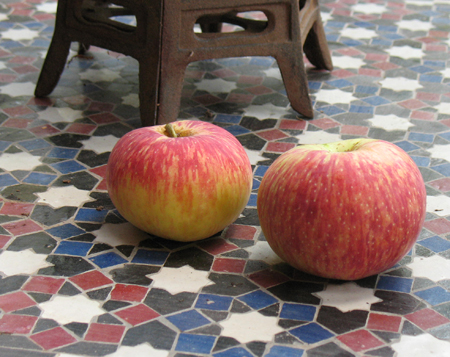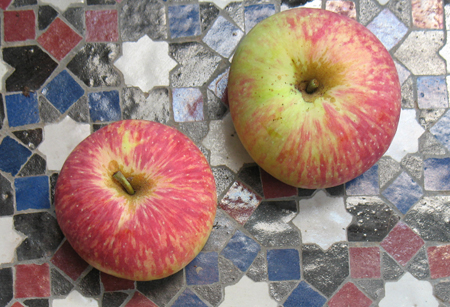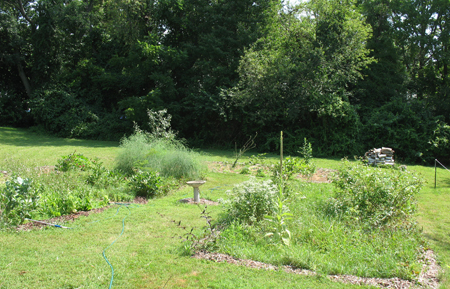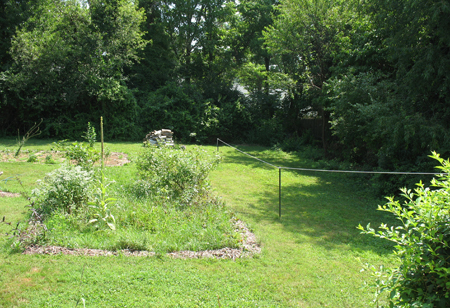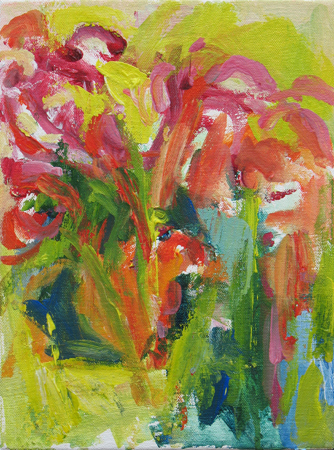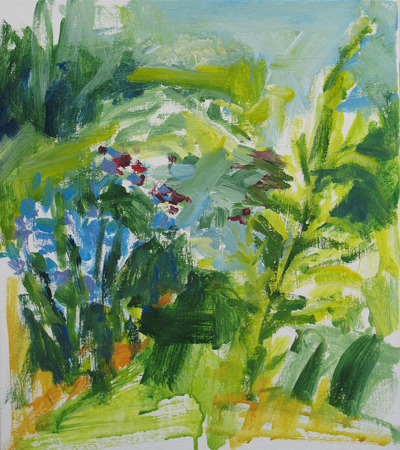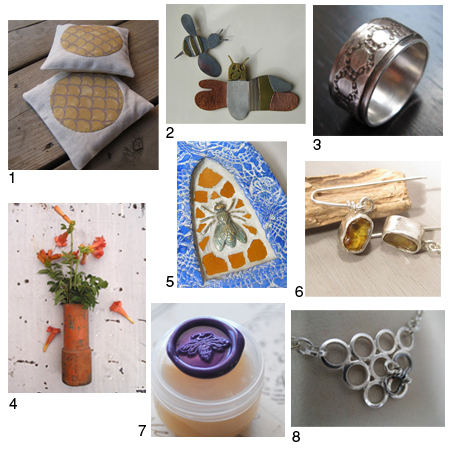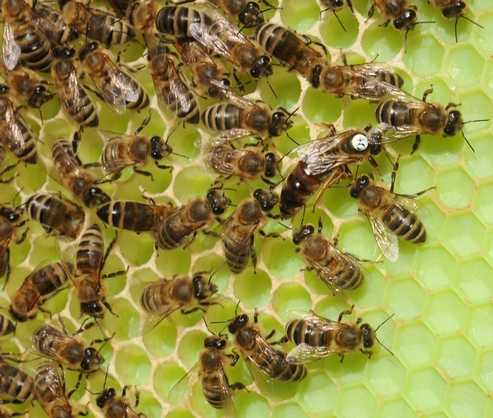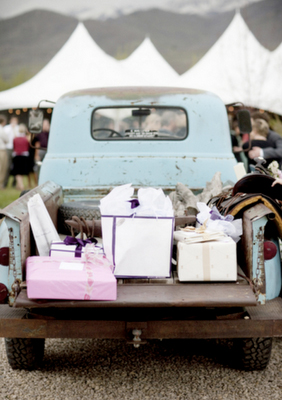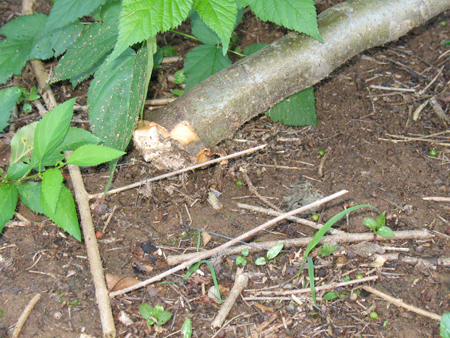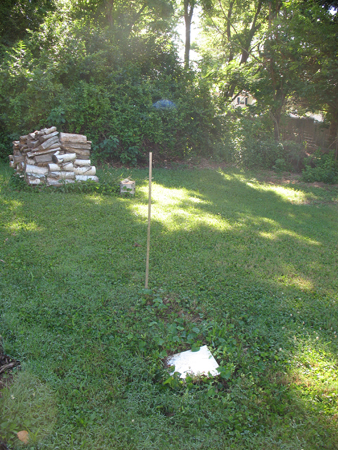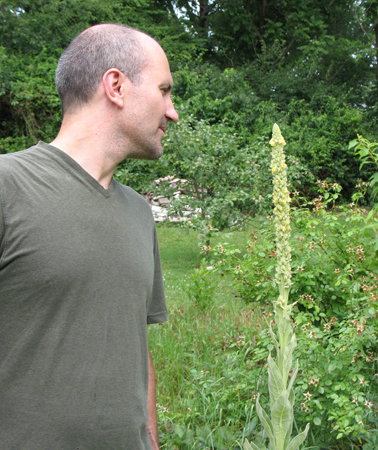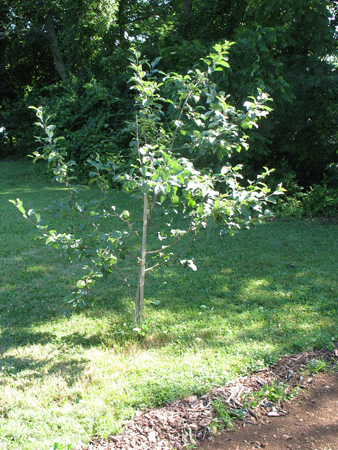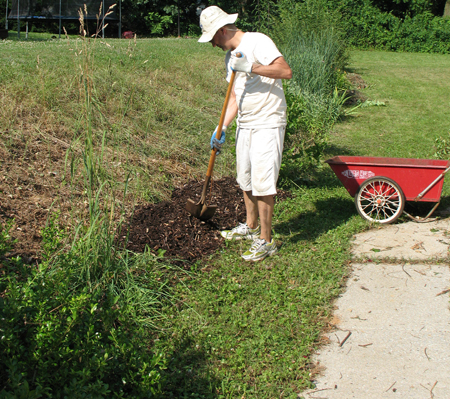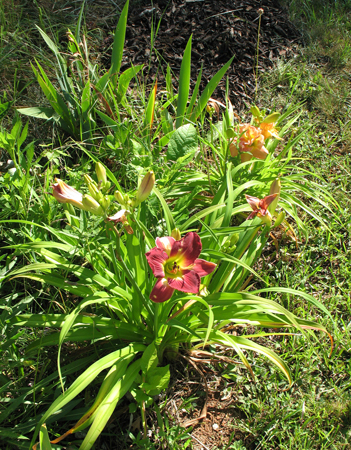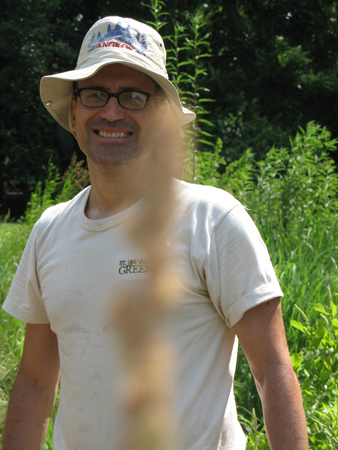Atlanta has remained one of the greenest cities I’ve either visited or lived in. Amazing, considering how little rain the region gets. It’s been a solid +90 degrees daily since I landed here three weeks ago. Evenings are at least cooling down into the mid 60’s for fall, but there’s an official drought underway and I had to heavily water two of my trees this week to prevent ‘stress’ and limbs falling from the pecan, according to the local arborist.
My yard was once highly productive – ok, about 15 years ago – there were plenty of bulbs, antique roses, vegetable gardens with all kinds of oddities and standards. Now most of the yard is like the bottom of a kiln. Hard red clay brick with three hardy roses left, and a few straggling bulbs. I need mushroom compost and about 5 tons of it. My old trick with wads of newspapers laid on top of the sod worked in PA to soften soil and kill weeds, so one plan is to visit the Dekalb Farmers Market and see what I can haul back here.
Choices for a greener kitchen are in the works.  I can preserve most of my old solid wood cabinets but the crumbling green formica around the cast iron double sink has to go, and the base cabinets need to be replaced. I’m talking to local cabinet makers and contractors and my neighbors are directing me to carpenters in the hood.
Today I brought home 3 chunks of hefty granite from the big warehouse around the corner; Cactus, Typhoon Green and Black Pearl. (note to self; good self defense objects) Someone had said that granite was mined here, so I had a brief moment of self righteous green-ness, until the salesman told me our local version wasn’t the ‘right’ kind for countertops and had long since been mined out. I may return to concrete or to something made with sunflower seed hulls called Seeta, if I can find a dealer and it doesn’t equal the price of a small vehicle. This is a kitchen I found by googling green countertops, with a wild tiled backsplash.
Mine may end up looking more like this classic farmhouse kitchen, but with the Mexican tile flooring I’d installed years ago;
Windows are all in good shape, but I’ll need to replace glass, screens and possibly add storm windows. The sliding windows in the studio may have to be replaced completely.
I knew there was a reason for saving all those old doors in the attic – someday a studio space in the backyard…
To help with decisions, the Ecolife festival takes place this weekend at Atlanta Station. Some friends and I will sit in on seminars like ‘Greening up at Home – Energy Audits & More’, ‘Landscaping Design for Water Conservation’ and maybe lunch at the ‘Chef’s  Corner’ where local caterers and chefs will be demo’ing their wares. There will be reduced pricing on recycling and compost bins. I hope to snag one of each.
The following day, I volunteered to help with the Decatur Garden Tour and will be manning a garden of front lawn turned into productive food garden. Photos to come…




